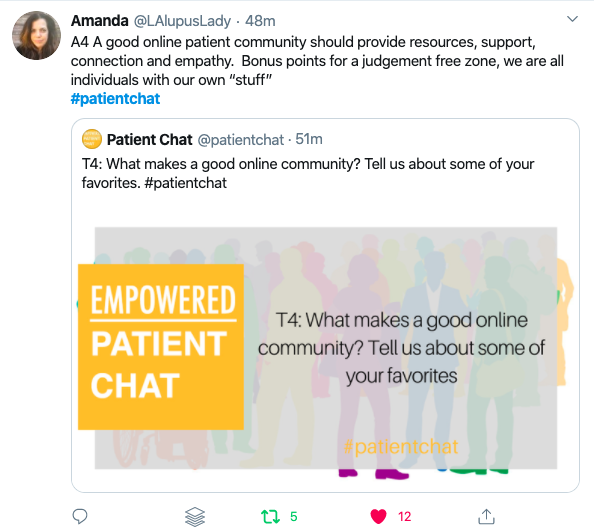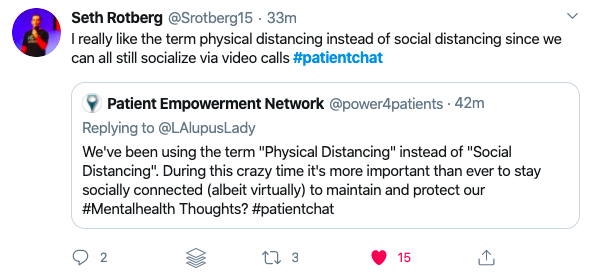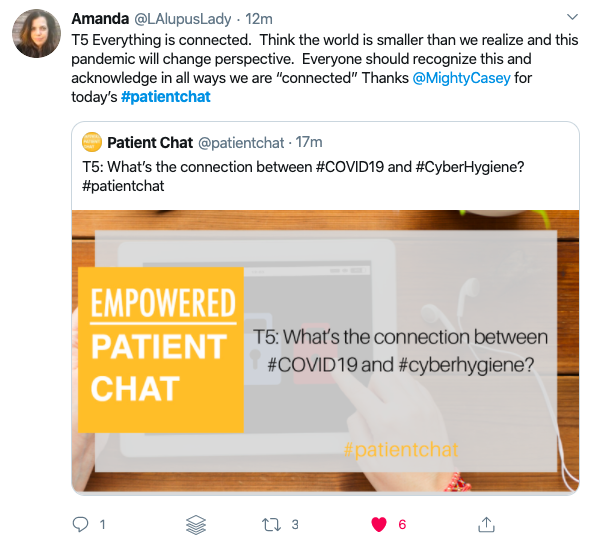Newsy Nuggets featuring Dr. Gary Puckrein
Newsy Nuggets brought to you by Diverse Health Hub
Data and Predictions in Healthcare: Lessons from the COVID-19 Pandemic
Using data to predict outcomes is healthcare in the 21st century. In light of the pandemic, Dr. Gary Puckrein of the National Minority Quality Forum brings up important lessons about how projections from data on COVID-19 correctly anticipated hospitalization rates. This ability to anticipate is also relevant for other disease areas, and informs therapy to maximize positive individual outcomes.
Transcript:
Christian Strohm: You’re listening to a Newsy Nugget brought to you by Diverse Health Hub, a health equity education and awareness channel. I’m Christian Strohm, and thanks for tuning in! We had the opportunity to speak with Dr. Gary Puckrein, president and CEO of the National Minority Quality Forum. Dr. Puckrein highlights the power of data in predicting health outcomes, and discusses the opportunity for intervention in context of the COVID pandemic.
Dr. Puckrein, can you speak on any valuable lessons that we all should learn from this COVID pandemic?
Dr. Gary Puckrein
So, there’s a couple, you know – obviously we’re very early into the epidemic and so it’s hard to draw a lot of lessons and as we get through this, we’ll have time for that. But a couple of quick observations that I would like to make, one is that where healthcare is going these days, it’s about predictions, right? Here, we can predict in January what this virus is going to be doing in populations in April and May. You could do the same thing with diabetes, with heart failure, renal disease, all of those chronic diseases. When you look at hospitalization rates, mortality costs, those are all highly predictable and the ability to predict means you have the opportunity to intervene and that’s what big data is about. It’s about using that data to get the best possible outcome for patients and so, one of the lessons we hope – as we move away from this virus and get control over it, is that we learn a big-time lesson which is we have a lot of ability to control. And so, what we talk about less these days is about health disparities and more about controlling health outcomes. We have the capacity to control health outcomes which is a big deal. You couldn’t say that in the 20th century or the 19th century, so the partnerships that we form is really about how do we support local care networks to get predictable positive outcomes for patients.
Christian Strohm: Thank you for listening. I’m Christian Strohm and we hope you enjoyed this newsy nugget. Find more on our website, diversehealthhub.com
Does the Pandemic Reveal Cracks in our Healthcare System?
The COVID-19 pandemic is a stress on global healthcare systems. Dr. Gary Puckrein of the National Minority Quality Forum remarks on the cracks in the American healthcare system that have appeared under this stress. He reminds us about the Constitution as the social contract that all Americans have entered into, and the role of healthcare in guaranteeing life, liberty, and the pursuit of happiness.
Transcript:
Christian Strohm:
You’re listening to a Newsy Nugget brought to you by Diverse Health Hub, a health equity education and awareness channel. I’m Christian Strohm, and thanks for tuning in! We had the opportunity to speak with Dr. Gary Puckrein, president and CEO of the National Minority Quality Forum. Dr. Puckrein remarks on the American social contract, and what this means for access to basic healthcare.
Dr. Puckrein, I’d like to ask you from a policy perspective, do you see benefits to expanded coverage in reducing healthcare inequities?
Dr. Gary Puckrein:
Well certainly, ACA (Affordable Care Act) has expanded the number and diversity of the population with health insurance in this country. One of the – one of the key things to bear in mind. And this is where politics and healthcare come together, when you go back to the founding fathers and you look at the system that they designed, what they said was the reason that we’re all coming together in this social contract is life, liberty, and the pursuit of happiness. Life meant preservation of life, that one of the reasons why we agree to come together is to conserve life and denying someone in the 21st century healthcare is in fact, breaking that social contract. We didn’t enter this to say that some people should have healthcare, and some people should not. That wasn’t the deal. The deal was we’re all coming together, in the body politics to conserve life, preserve our liberties, and pursue happiness. And so, I think what we’re seeing now and I think this pandemic is a great example, the cracks in our system that are showing up from access to basic health insurance. Think about it, people today who have no healthcare insurance going into hospitals or physicians because of the pandemic and the burden that places on those hospitals, unfortunately with new legislation some of that care will get reimbursed, but we still don’t know what after effects come out of this virus in terms of impact on populations and exacerbation of things like asthma and diabetes and whatever chronic diseases that people might face. And so, we sort of crossed the Rubicon in terms of whether everyone should have healthcare. The answer is yes indeed, they must have it and obviously the discussion is to be around what is at healthcare and what ought to be its purpose and as I said I think its purpose has got to be reducing the risks of that and anything short of that is really not quality care.
Christian Strohm:
Thank you for listening. I’m Christian Strohm and we hope you enjoyed this newsy nugget. Find more on our website, diversehealthhub.com
Does COVID-19 Illuminate Healthcare Cost Hypocrisy in America?
The COVID-19 pandemic does not care about the ranks we decide to lay upon people. Dr. Gary Puckrein of the National Minority Quality Forum tackles the policy positions that result in the access to and cost of healthcare in America.
Transcript:
Christian Strohm:
You’re listening to a Newsy Nugget brought to you by Diverse Health Hub, a health equity education and awareness channel. I’m Christian Strohm, and thanks for tuning in! We had the opportunity to speak with Dr. Gary Puckrein, president and CEO of the National Minority Quality Forum. Dr. Puckrein discusses access to healthcare in America, and how the COVID pandemic is shaping the dialogue.
For us in America, we often hear it argued that the cost of quality healthcare makes it impossible to extend to everyone. Dr. Puckrein, can you remark on this policy position in light of the COVID pandemic?
Dr. Gary Puckrein:
Yeah, I see when people talk about the cost of healthcare, what they’re really talking about is the cost of healthcare for their neighbor, they’re not talking about the cost of healthcare for themselves because the cost of healthcare for themselves is “I want the best possible healthcare I can get. It’s my neighbor’s healthcare that I’m afraid that you’re asking me to pay for that I’m really concerned about.” And that’s a wrong way to look at it. We cannot build a healthcare system for the 1%. Look at this virus, look at what it’s doing to the 1% — the heir apparent to the throne of England, or actors and actresses, and senators — it doesn’t care, the virus actually is complete agnostic to all of the ranks that we decide to lay upon people and treats everyone just the same. And so, if we’re going to fight the pandemic we have to fight it collectively. It’s not that we can say everybody’s whose income level is “x” stay home and everybody whose income is “y” can get to go outside. No, everybody has got to go indoors because the virus doesn’t care. And the same way with diabetes, heart failure and renal disease, cancers in none of those can we just build a healthcare system for that 1%. And so, when we’re talking about reducing risks we have to be talking about if everyone and the idea that we can’t afford it is ridiculous, it’s where we want to put our money is really what the answer is.
Christian Strohm:
Thank you for listening. I’m Christian Strohm and we hope you enjoyed this newsy nugget. Find more on our website, diversehealthhub.com
Newsy Nuggets podcast, produced by Diverse Health Hub. Special thanks to Dr. Gary Puckrein, President and Chief Executive Officer National Minority Quality Forum.













